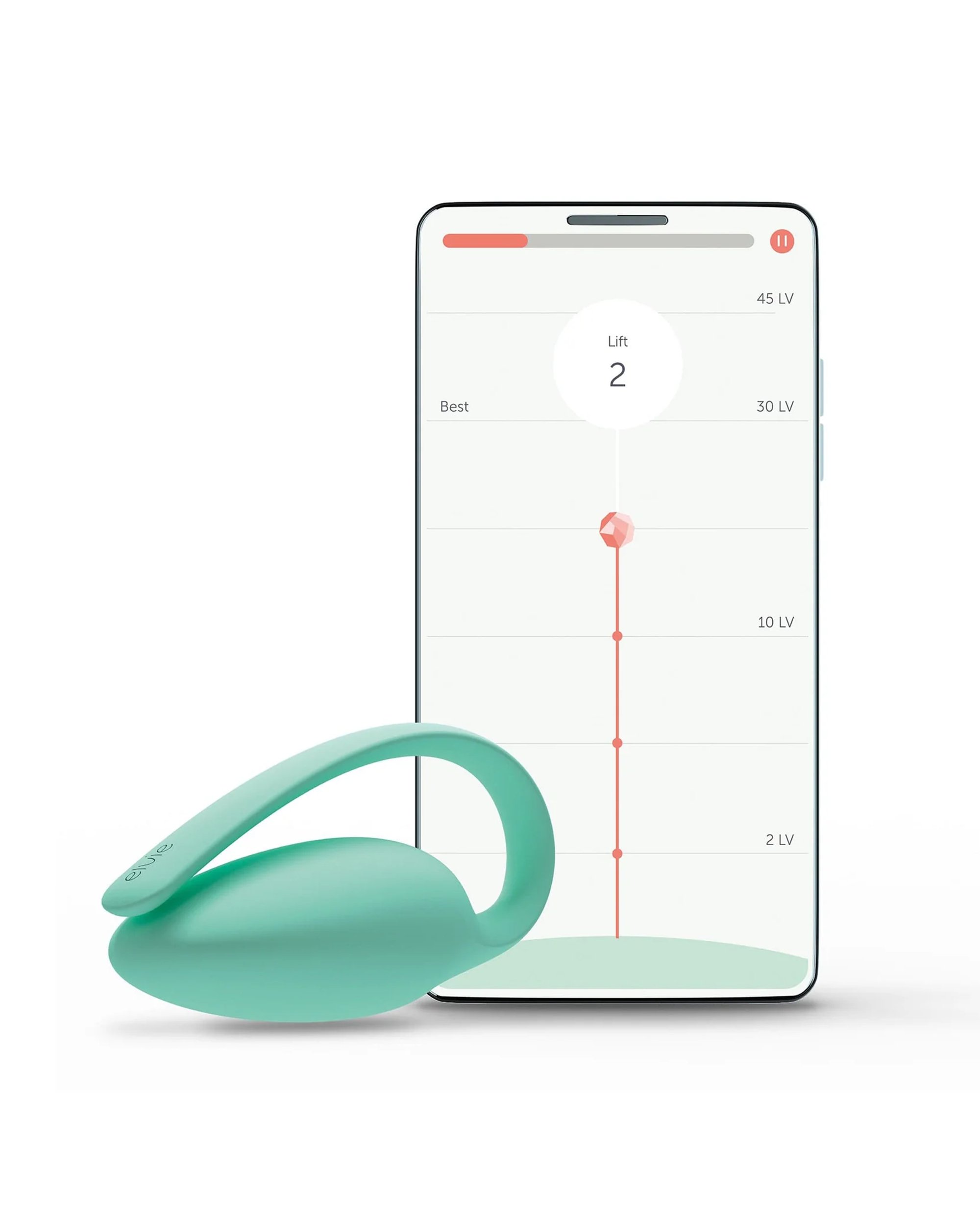We all have that family member who isn’t able to step into a public place without first identifying where the toilets are. Or that friend who is a little bit nervous to laugh too hard in case she might pee. Or maybe, you might have noticed that sex isn’t so enjoyable anymore or tampons that feel a little loose.
These are all the signs and symptoms of a weakened pelvic floor, and it is important for millennial women to understand how to strengthen these muscles to prevent the negative impact that it can have on your quality of life, as well as later down the line.
Read more advice from Dr Kemi…
- Everything you need to know about stretch marks, according to a doctor and skin expert
- Here’s how to ACTUALLY get glowing skin, according to Dr Kemi
- How to prevent and treat body acne, according to a doctor
What is your pelvic floor?
The pelvic floor refers to a group of muscles that are located between the pelvic bone and tail bone, which help support the pelvic organs such as the bladder, uterus, bowel and vagina.
A weakened pelvic floor can lead to bladder or bowel incontinence, reduced sexual function and inability to orgasm, as well as pelvic organ prolapse.
Symptoms of a weakened pelvic floor include stress incontinence, passing small amounts of urine when coughing, sneezing, laughing or running, an inability to get to the toilet in time, reduced vaginal sensation, a feeling of dragging, heaviness or a bulge in the vagina, an inability to orgasm, recurrent UTI’s and passing wind involuntarily.
The pelvic floor will naturally weaken over time, first and foremost, due to age. However, this can also be compounded by pregnancy and childbirth, obesity, chronic constipation, straining, lifting heavy objects or trauma to the pelvic floor muscles.
Over time, gravity will pull the pelvic organs downwards and without a strong pelvic floor, there won’t be much that you can do to stop it.
How to strengthen your pelvic floor
Kegel exercises
So how do we strengthen our pelvic floor? Pelvic floor (kegel) exercises can be down lying down, standing and sitting up, and are the easiest, quickest way to gradually improve things. These exercises will work on are your urethral muscles, vaginal muscles and anal muscles. And they’re so subtle, no one will even realise that you’re doing them!
Here is an example: while sitting, contract your urethral muscles (the muscles you need when you want to prevent yourself from weeing) for 10 seconds. Practice short, firm contractions. Remember to breathe and then relax for 10 seconds. Repeat this at least 10 times and aim to get in at least 5 sets each day.
You can repeat these exercises for the vaginal muscles (the muscles contracted when you insert a tampon) and for anal muscles (the muscles contracted when you try to hold in wind or a bowel movement).
It is never too early or too late to try pelvic floor exercises, but the sooner you start, the better.
In addition, whenever you feel the need to cough, sneeze, clear your throat or laugh, try contracting these muscles to prevent the additional pressure being placed on your pelvic floor.
Pelvic floor devices
Next, you can consider devices that can help to strengthen your pelvic floor.
These devices include pelvic floor trainers, which are used to help you identify areas of weakness in the pelvic floor and stimulate contraction and release.
Lifestyle changes
Lastly, never underestimate the importance of lifestyle practices. Maintaining a healthy weight will reduce the pressure that you feel on the pelvic floor. Also, try to avoid constipation and anything that will lead to additional strain in the pelvic area.
Consider yoga or pilates to build core strength, and speak to a medical professional if you experience any pain or discomfort.
Remember your pelvic floor can have a big impact on your quality of life and taking steps now will help you in the future. Good luck!












